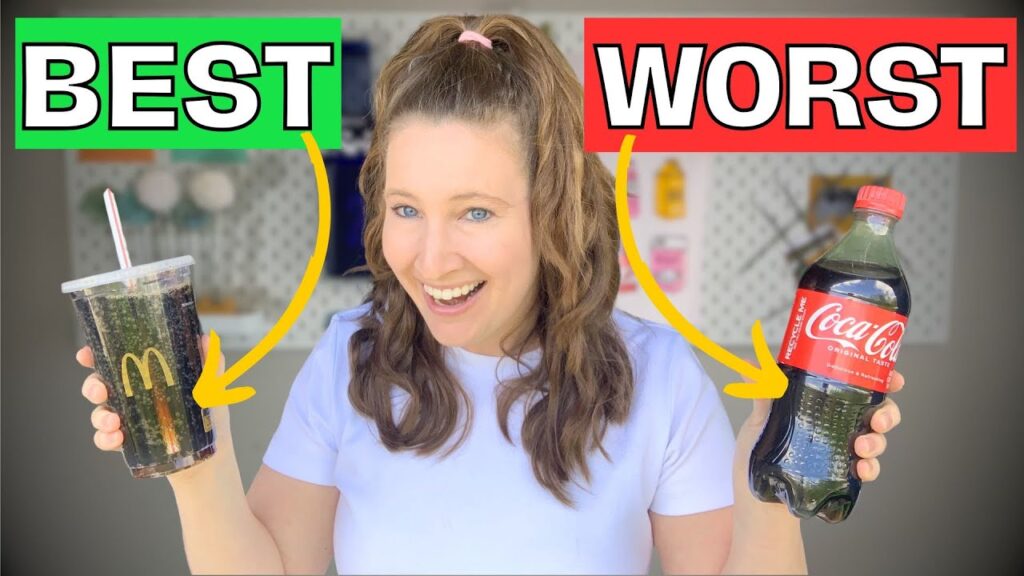

Why in the world does McDonald’s tap coke taste better than any other Coke. And it’s not just in your head, I’m going to give you some real answers to McDonald’s little secret.
My first thought was to go to McDonald’s website and see if they spilled any of the beans on their secret.
Honestly, I didn’t think I’d find anything but they have a pretty dense FAQ page. Not sure what to type so I’ll try “Why does McDonald’s coke taste so good.” Ahhh, McDonald’s you cocky, they have a page on it.
Okay, let’s click why does Coca-Cola taste so good at McDonald’s. It’s not long but let’s see what there is.
There are many reasons the Coca-Cola® tastes so great at McDonald’s. We simply follow the guidelines set by Coca-Cola® and take steps to ensure that we serve a high-quality fountain beverage.
The water and Coca-Cola® syrup are pre-chilled before entering our fountain dispensers STOP okay this is key, not only because soda better cold. I’m sorry but if you’re drinking warm soda that’s wrong.
The temperature is SUPER important for the level of carbonation.
Quick Summary:
- Temperature: Pre-chilled syrup and water for optimal carbonation.
- Water Quality: Filtration ensures consistent taste across locations.
- Packaging: Stainless steel tanks protect syrup from degradation.
- Syrup to Water Ratio: Accounts for ice melting to maintain a balanced flavor.
- Straw Size: Wider straws deliver a more impactful flavor experience.
Table of Contents
ToggleTemperature and Carbonation Level
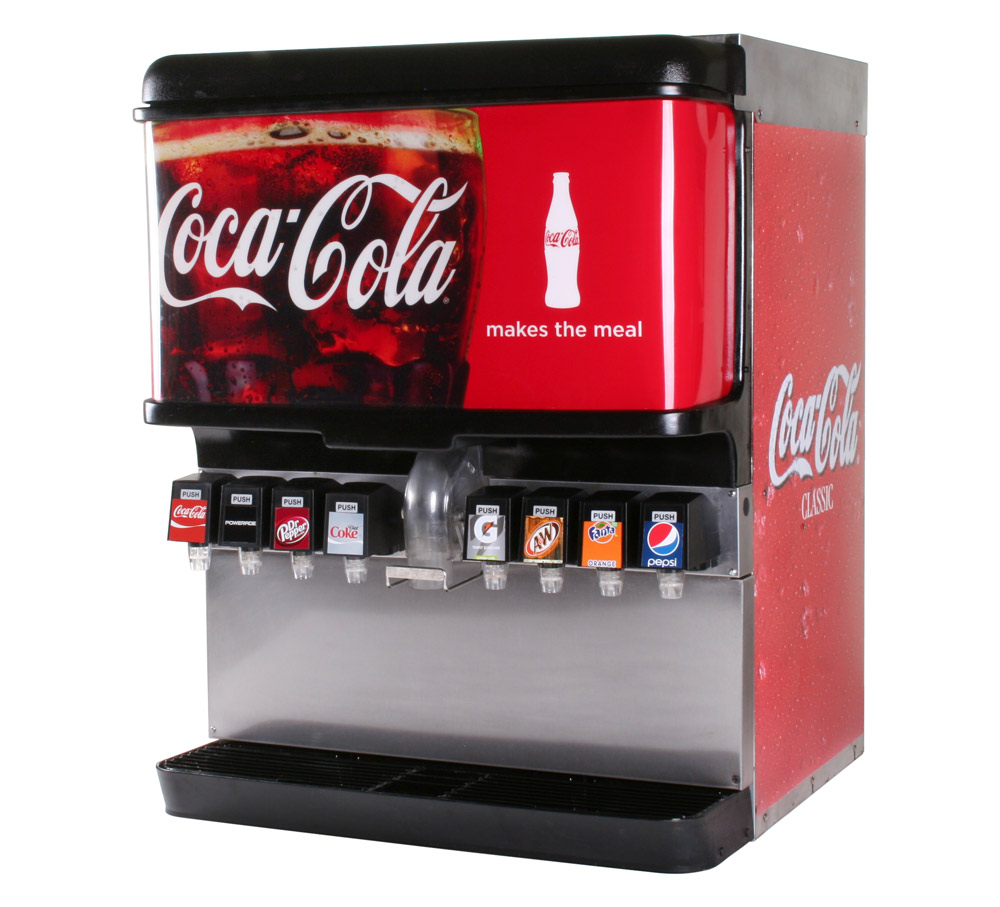

When were talking about carbonation, what were trying to do if force carbon dioxide gas into a liquid.
Whenever I read about this, for some reason the definition of carbonation always uses the word impregnate a liquid with carbon dioxide gas but that just sounds wrong to me.
And how much carbon dioxide you can shove into water changes drastically changes with temperature. So the colder the water, the more carbon dioxide gas that can be dissolved in it.
This is why McDonald’s specifically mentions they pre-cool the water and syrup. It allows more bubbles to be in the Coca-Cola.
And it’s these bubbles that give coke its sharpness or bite.
I actually have another article you might enjoy where I talk about how these carbonated bubbles actually trigger our pain receptors in our mouth.
Packaging and Carbonation
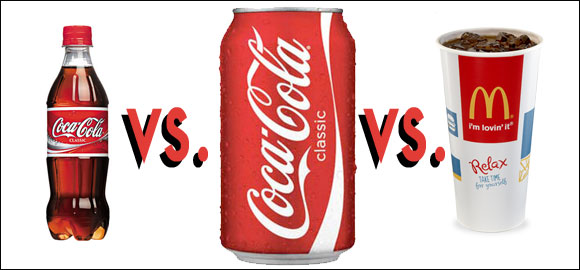

One other note on carbonation, since we’re talking about it.
The tap at McDonald’s has the big advantage of carbonating the soda in real time, right before you get it out of the tap.
This is totally different when you buy bottles or cans of Coke from the store. Those could have been sitting on the shelf for months where they’re actually losing carbonation.
What most people don’t realize is these plastic bottles, they’re made up of a plastic called Polyethylene terephthalate. I’ll just shorten that to PET because terephthlate what a terrible sounding word.
The problem with PET is that it slowly lets CO2 escape, let’s the carbonation out and lets oxygen in. So two bad things.
Especially in the smaller bottles, which have a larger surface area to lose gas and smaller amount of Coke, it’s actually the loss of carbonation that limits its shelf life.
A 2 l bottle can easily meet a shelf‐life requirement of no more than 15% carbonation loss in 12 weeks. This will reduce to around 9 weeks for a 500 ml bottle and some 7 weeks for a 250 ml bottle.
So not only can mcdonalds control the temperature of carbonation on site, they also don’t have their Coke sitting around losing carbonation.
Could another plastic be used, well yes but it would be drastically more expensive! And so many other plastics allow CO2 to leach out even faster than PET.
Metal cans are another option, these do keep the carbonation in but these also taste like metal. Right putting your mouth or tongue near a can, affects the flavor of any drink.
It could be soda or beer. So cans are great for holding in carbonation but not great for flavor.
So if you need to package your Coke, it’s a sort of pick your poison. What do you want to lose. Which again is great for McDonald’s because they serve their freshly tapped Coke straight into a cup.
Ratio of Syrup:Water
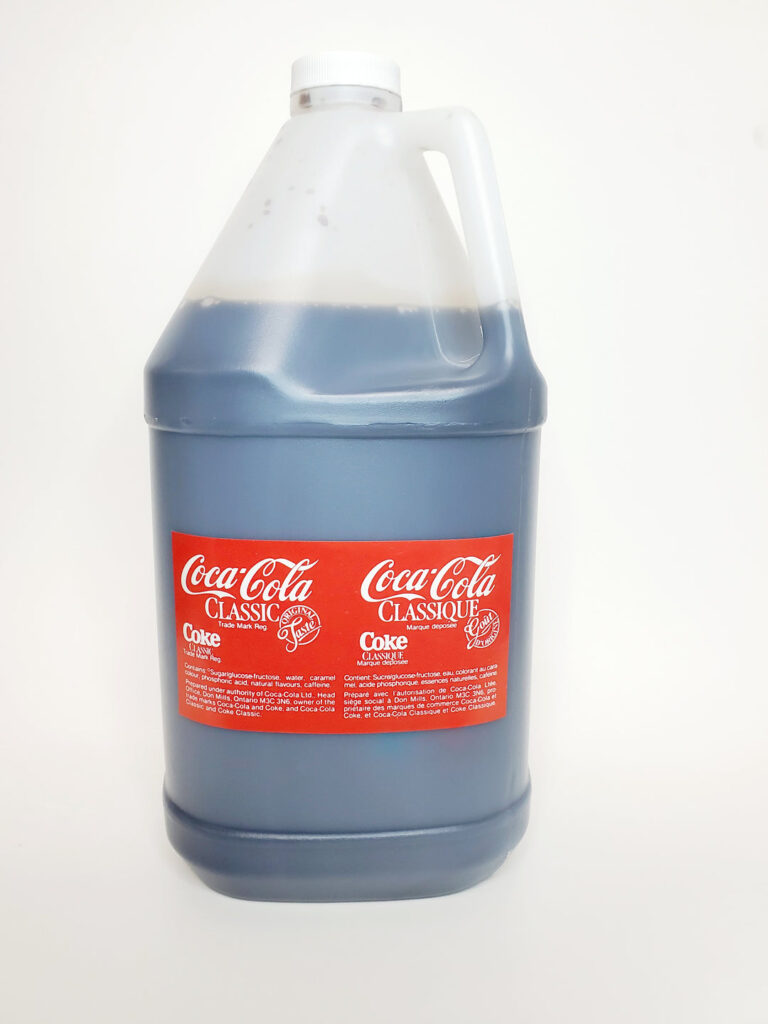

Okay, back to McDonald’s FAQ page, because I want to point out the next big clue they hint at where they say they set the water to syrup ratio knowing that when the ice melts in the drink, this is extra water that’ll dilute the soda.
THIS is smart! I don’t usually notice this with soda but I hate how an ice coffee starts so strong and by the end, your basically drinking water.
When you drink Coke from the tap, this is prepared by mixing a concentrated syrup and water. It’s usually 1 part syrup to 3-6 parts water.
So what McDonald’s is saying is that they use a ratio that adds more syrup on purpose, knowing that ice will be added and later lead to more water in the drink.
That’s some good planning ahead.
Water quality
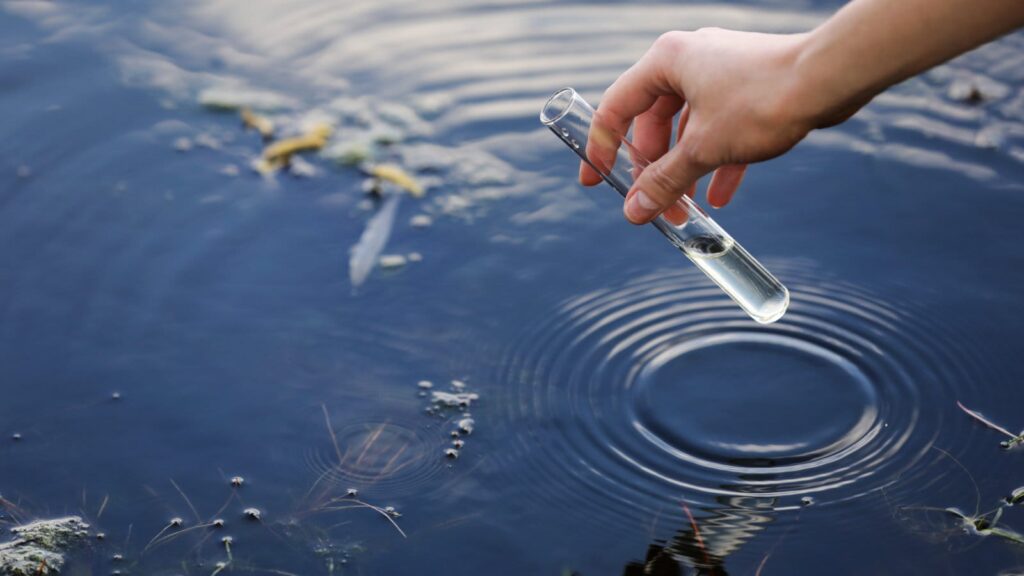

Speaking of water, which we have barely talked about even though it’s the main ingredient in Coke. Coke is like 99.9% water. but whats that saying garbage in garbage out.
The same can go for food science but in this case it’s garbage ingredients garbage food.
If you use low quality ingredients, you can only get a low-quality product.
And not all water is created equally. You know this if you’ve ever traveled somewhere new and tried the tap water.
It probably taste totally different than your tap water from home. What you’re used to.
My older sister always used to do this when she came back home to Wisconsin from New York City.
And this is why McDonald’s pretreats and filters the water before it enters their tap drinks. Otherwise it contains impurities which often lead to off-flavors. At the very list McDonald’s probably tries to remove:
- Chlorine- absolutely remove because it can lead to a disinfectant taste. This occurs because chlorine can react with other flavor molecules creating complex chlorophenols.
- Hardness- can affect the acidity of the drink or the sourness. Remove magnesium and Calcium also prevents deposits from building up.
- Iron and other metal ions. Can catalyse reactions that can create flavour and colour defects.
This makes the water more of a blank canvas and consistent in every McDonald’s no matter the local water source which means our coca cola should always be tasting the same without any off flavors or aromas.
Wider Straws
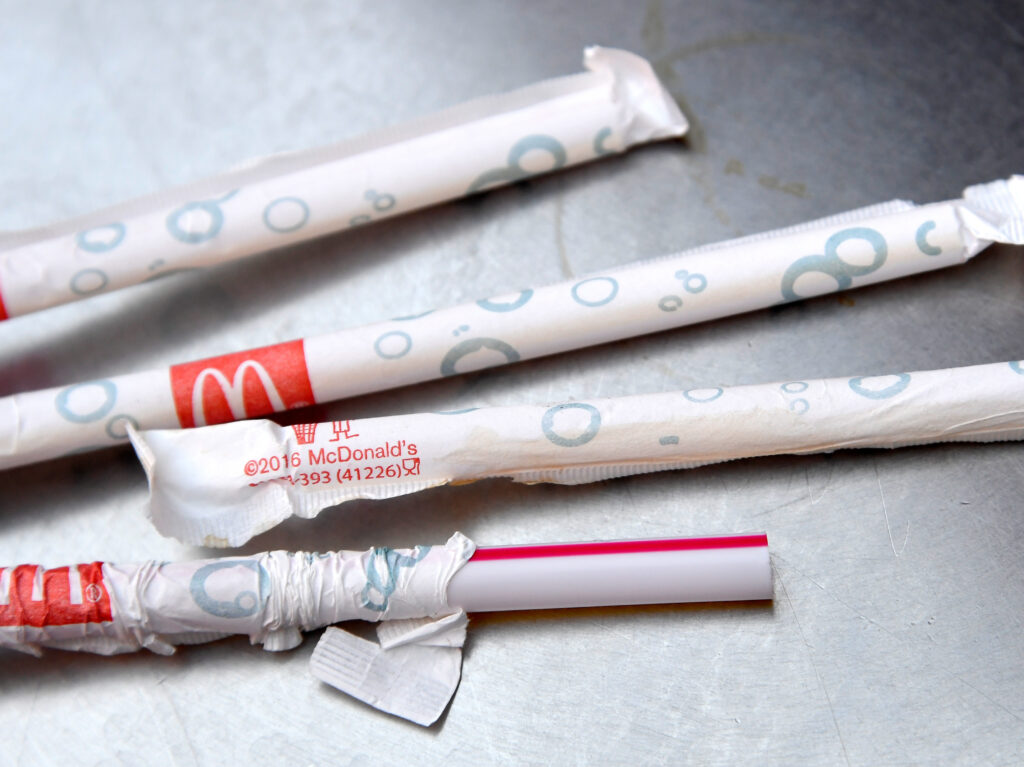

And there’s one last differentiating factor to I want to mention, this is the wide straws that are handed out at McDonalds. If you look at these bad boys, they’re actually bigger than normal straws, which means your probably taking extra big sips and more soda enters your mouth.
This could give the feeling of more bubbliness or sharpness.
Especially if you’re sipping the soda out of a can or bottle, where you have experiencing less of the beverage in your mouth at a time. Part of the difference is just due to how you’re drinking the soda differently.
So if you want the same type of experience at home, you should invest in some extra wide straws!
Sources
-Soft Drink and Fruit Juice Problems Solved https://shop.elsevier.com/books/soft-drink-and-fruit-juice-problems-solved/ashurst/978-0-08-100918-5
– Chemistry and Technology of Soft Drinks and Fruit Juices https://onlinelibrary.wiley.com/doi/book/10.1002/9781118634943

